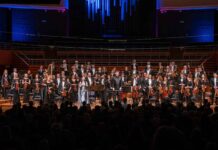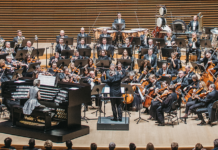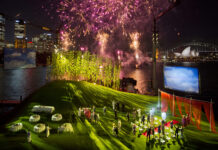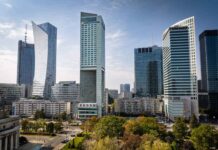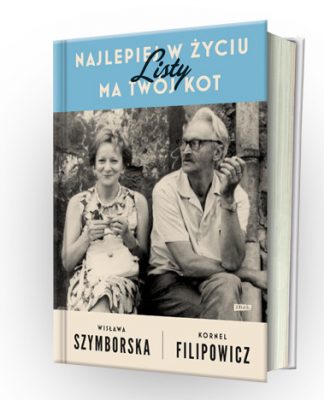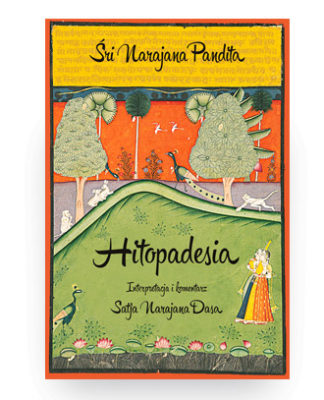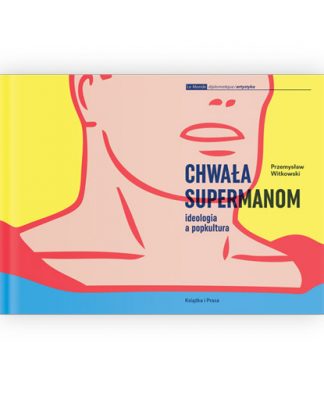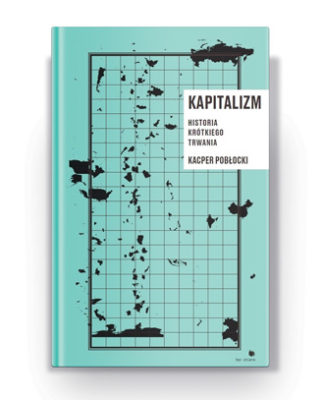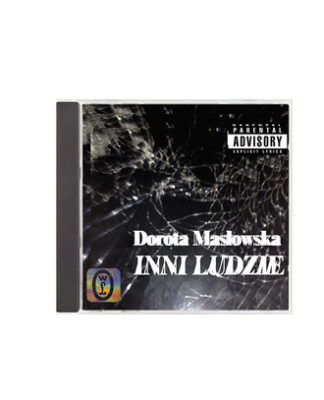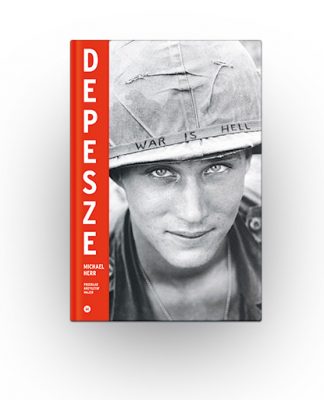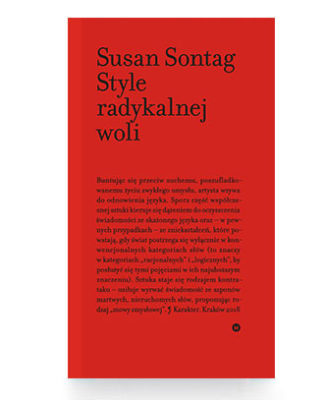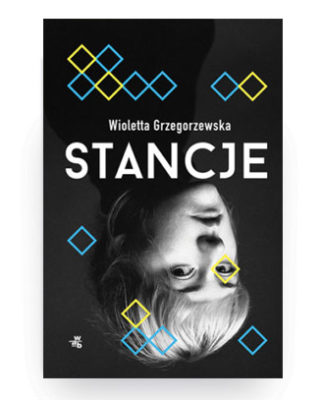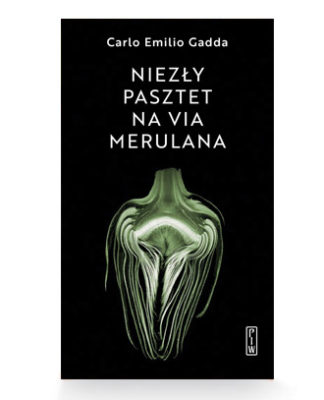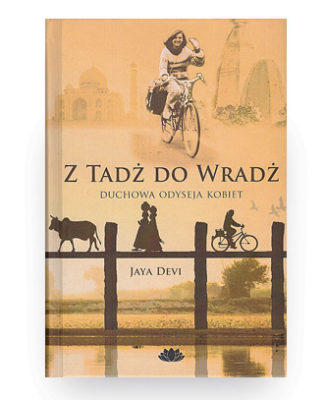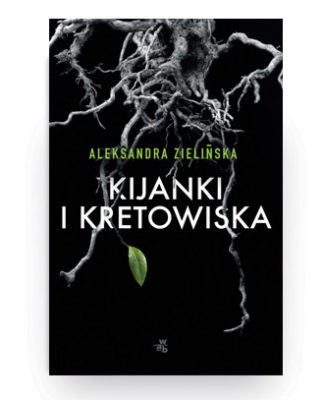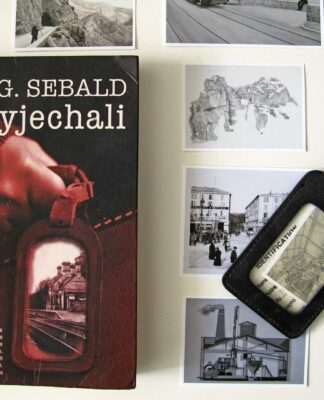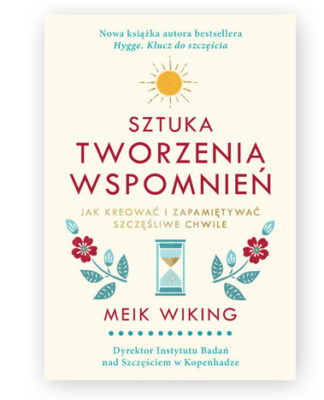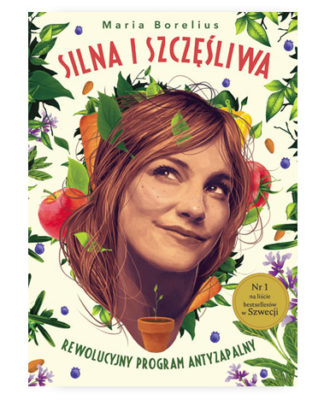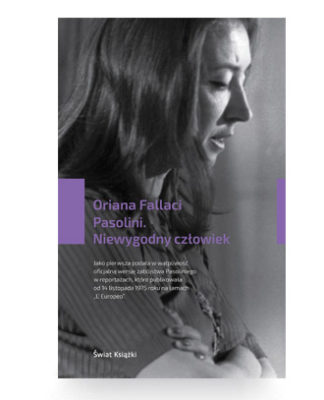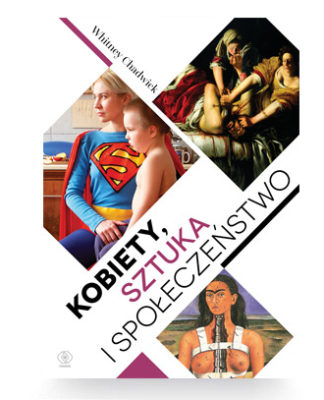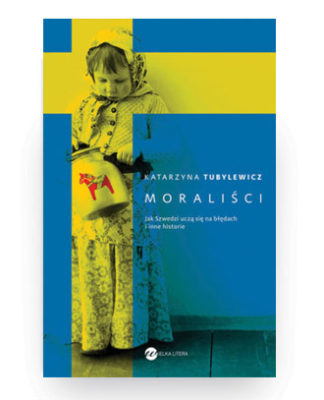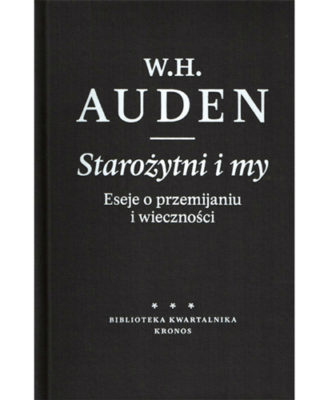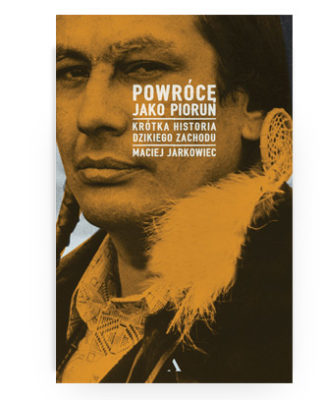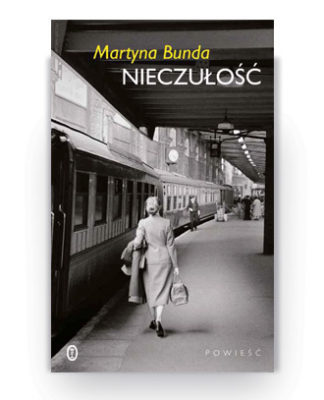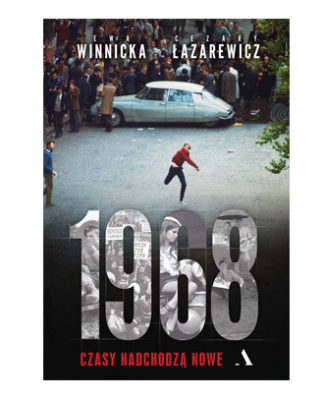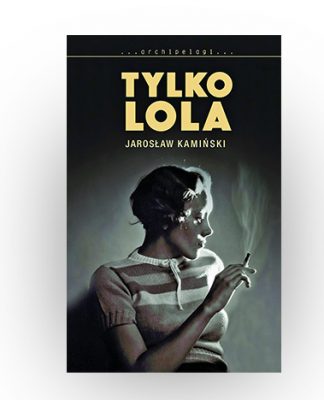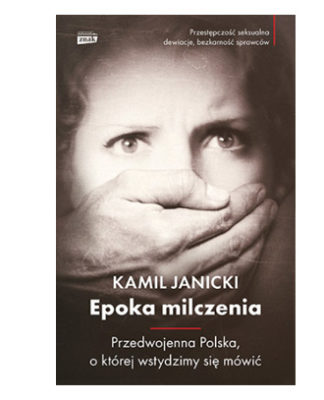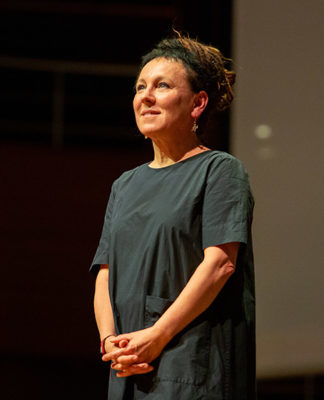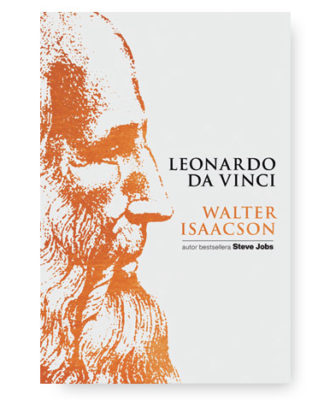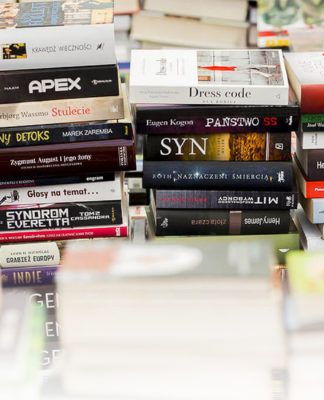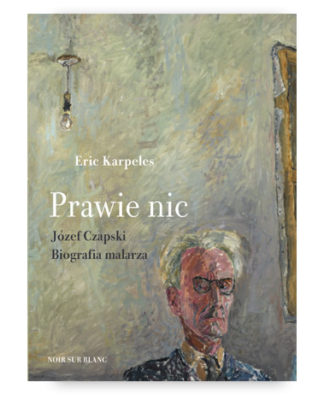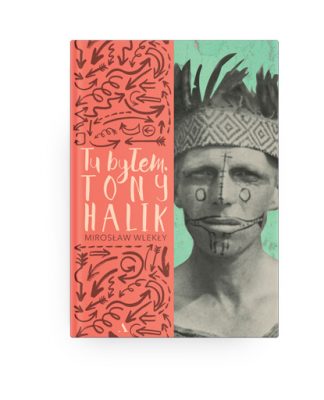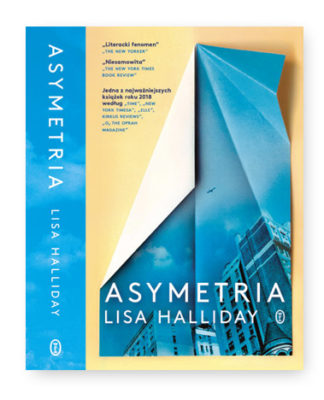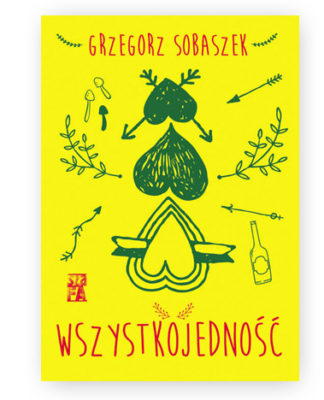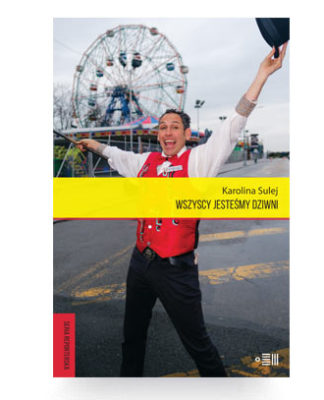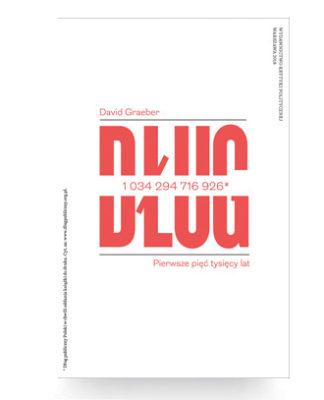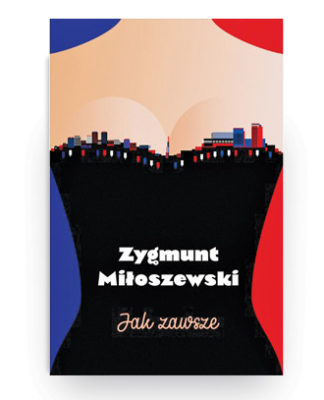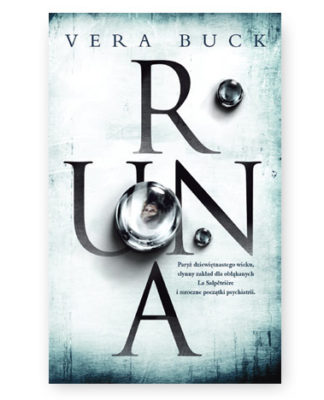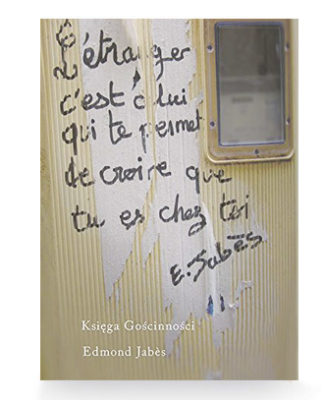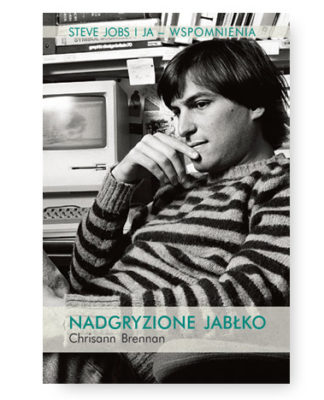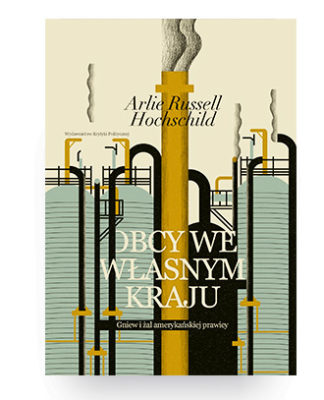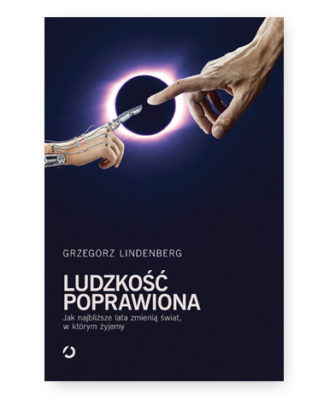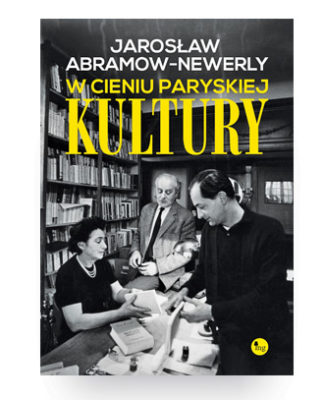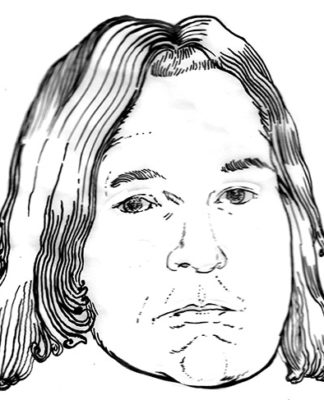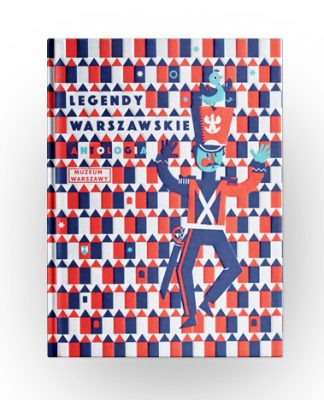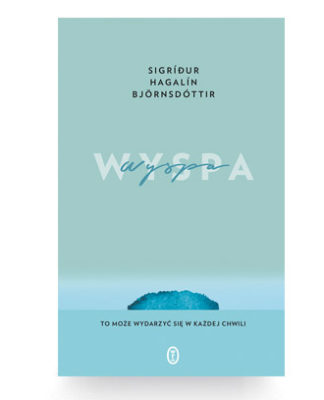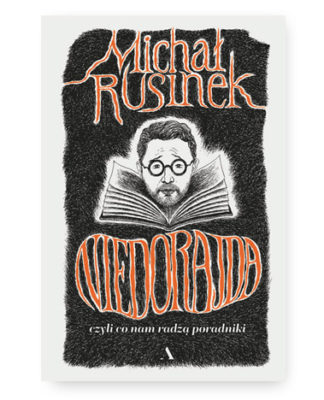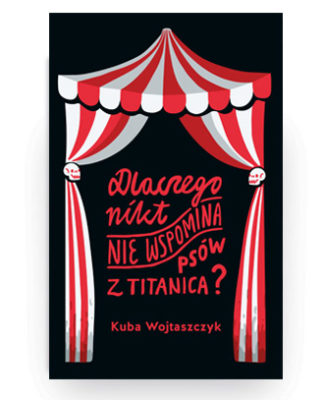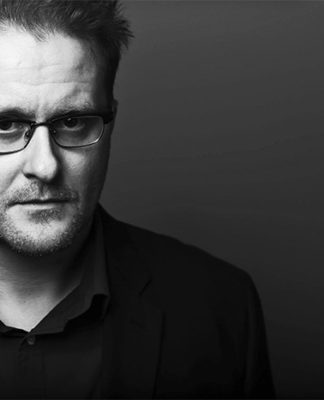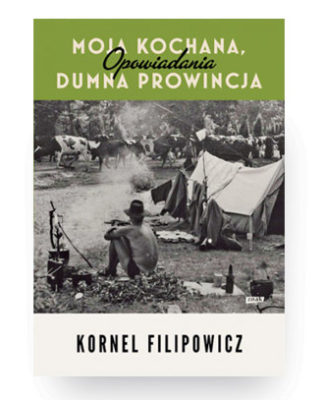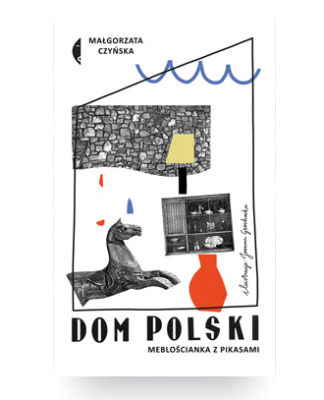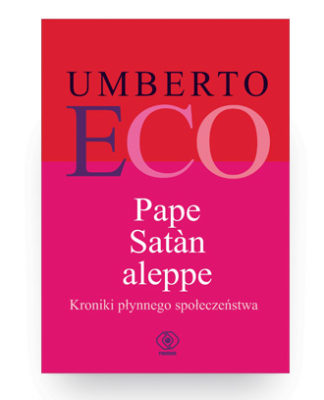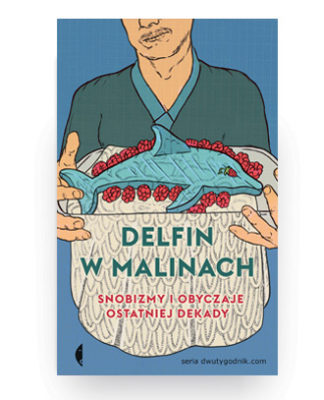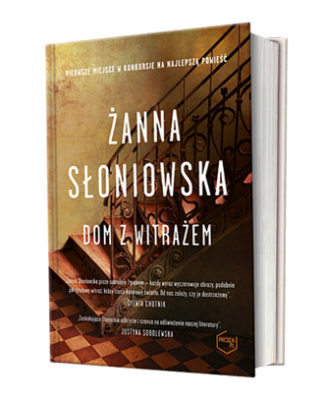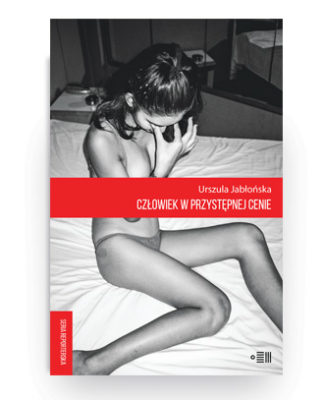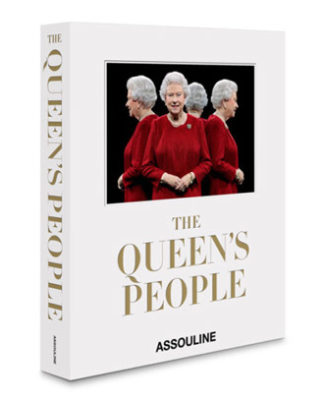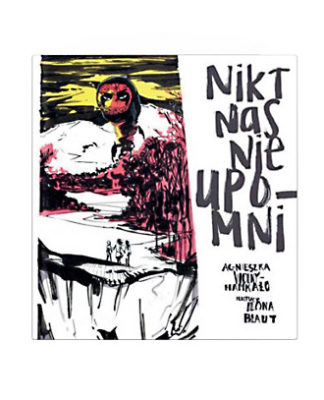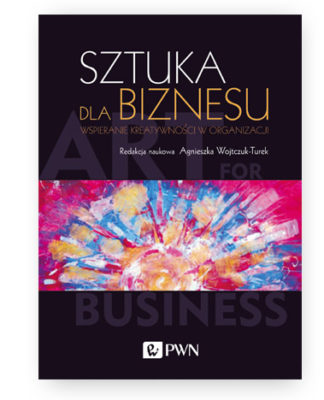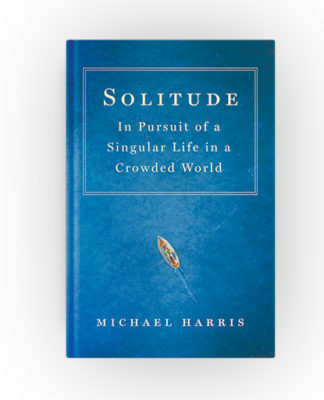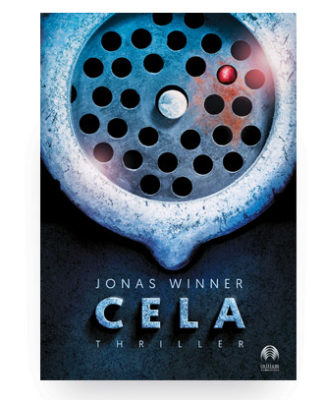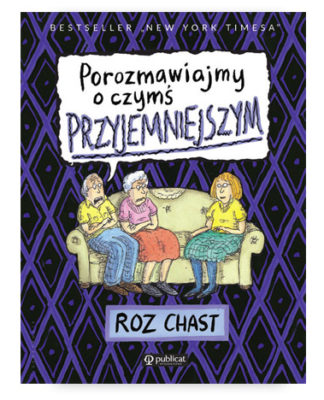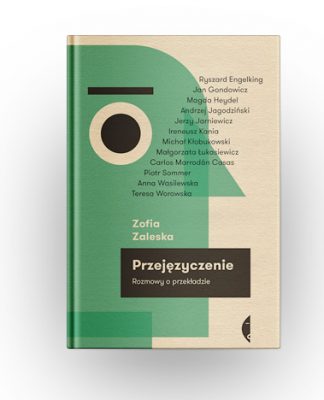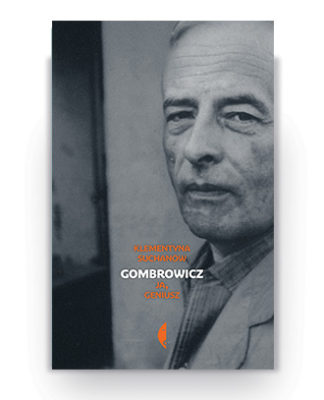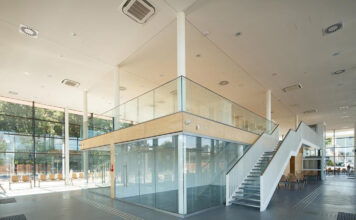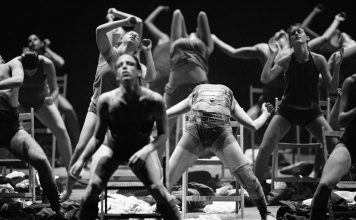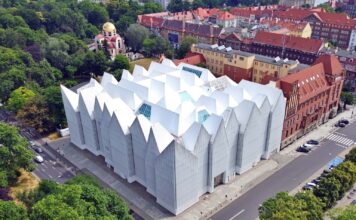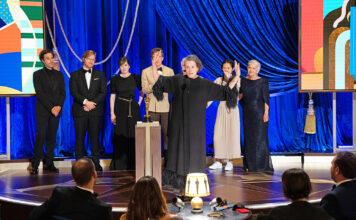Kocham kiedy film mi się wymyka
Na tegorocznym festiwalu Sundance (Park City, Utah, 23.01-2.02) jedyną nagrodę
aktorską z rąk Jane Campion odebrała Krystyna Janda, za niezwykłą kreację w filmie Jacka Borcucha Dolce fine giornata (Słodki koniec dnia). To trzecia – po Wszystko co kocham (2009) i Nieulotne (2012)– fabuła Borcucha pokazywana
na kultowym festiwalu kina niezależnego. Z reżyserem, scenarzystą, muzykiem,
rozmawiamy o jego najnowszym filmie, który 10 maja wchodzi na polskie ekrany.
TEKST: Magda Sendecka
ZDJĘCIA: Radek Świątkowski
Twój najnowszy film, Słodki koniec dnia, dotyka sedna problemów, którymi teraz żyjemy, zadaje pytania istotne dla – nie bójmy się tego powiedzieć – współczesnego świata. A równocześnie to kameralna, intymna opowieść. Precyzyjnie skonstruowana, a przy tym robiąca wrażenie organicznej, naturalnej,
nie wymyślonej przy biurku. Zdradź: jak to się robi?
Najprościej? Żyję w tym świecie. Trochę dorosłem. Jestem u progu pięćdziesiątego roku życia i świat zaczyna mnie coraz bardziej obchodzić, bo zostało mi coraz mniej czasu. Dziesięć lat temu pewnie bym takiego filmu nie zrobił. Byłem skupiony na czymś innym.
Dziesięć lat temu świat też wyglądał trochę inaczej.
Statystyki mówią, że nigdy w historii naszej cywilizacji nie było tak bezpiecznie; nigdy też tak wielkie rzesze ludzi nie żyły we względnym, ale jednak dobrobycie. Tymczasem jesteśmy karmieni lękiem, podlegamy manipulacji, tendencyjnie opowiada nam się o świecie. Zastanawiam się, dokąd to wszystko zmierza. To pierwsza sprawa, fundamentalna.
Z drugiej strony: zawsze dużo podróżowałem, ale późno, dopiero jakieś dziesięć lat temu trafiłem do Toskanii. I dałem się uwieść. Wszystko mi tu odpowiada. Od kilku lat słyszałem, że powinienem zrobić tu film. Puszczałem to mimo uszu, bo wydawało mi się to kompletnie
nierealne, zważywszy na różnice cen w Polsce i we Włoszech, ale to wracało jak echo. W pewnym momencie jednak pojawiła się propozycja z Włoch, dość konkretna i wymierna. Oczywiście niewystarczająca, ale był to pierwszy klocek przyszłego budżetu filmu.
Kluczowy stał się wybór producenta – taki projekt wymagał więcej wszystkiego i to w najlepszym wydaniu. Bez Marty Habior (producentka) nie dałbym rady. Jej siła, inteligencja i wiara w niemożliwe sprawiły, że zacząłem myśleć, że to wszystko może się udać.
No i rzecz najważniejsza – historia. Wcześniej trzy lata spędziłem nad adaptacją Morfiny Szczepana Twardocha. Pracowałem z Twardochem, Łukaszem Orbitowskim, potem dołączył do nas jeszcze Jakub Żulczyk. Wydawało się, że w takim składzie, to projekt, który nie może nie powstać. Ale okazało się, że nie tylko nie może, ale i nie powstał. Producent okazał się zupełnie niekompetentny, zmarnował nasz czas. Byliśmy zmęczeni i zniechęceni.
Wyjechałem do Włoch. Zabrałem ze sobą Szczepana.

Co pojawiło się najpierw: intryga? Miejsce? Bohaterka?
Najpierw była postać. Wzięła się z włoskiej gazety. Siedząc w kawiarni w Sienie i przerzucając strony jakiejś gazety, natknęliśmy się na duży materiał o Ezra Poundzie, wielkim amerykańskim poecie, przeklętym po wojnie za kolaborację z Mussolinim i antysemityzm. W pierwszym odruchu pomyślałem, że to temat na bardzo duży film. Chwilę później – że to nie do dźwignięcia: polska produkcja, amerykański poeta, plan we Włoszech, film historyczny? Szybko porzuciłem ten pomysł, ale następną myślą było: poeta jako bohater. Nie, nie poeta, poetka! Krystyna Janda. Wróciłem do Polski, pokazałem Jandzie dwie kartki z naszkicowanym pomysłem. Spodobał się jej. Od tej chwili było prościej. Później była codzienna praca. Wracałem do Włoch, szukałem różnych motywów.
Tymczasem wydarzył się zamach na redakcję Charlie Hebdo w Paryżu, kolejne zamachy. To też wpłynęło na kształt filmu. Rzeczywistość budowała narrację i nagle z opowieści o poetce zrobiła się historia innych postaci, wreszcie historia pewnej społeczności… To dojrzewało
bardzo długo, i osadzało się w rzeczywistości. Starałem się być jedynie akuszerem emocji, które towarzyszyły mi w tym czasie.
Ezra Pound pozostał w filmie jako ważny trop.
Tak, znaczący ślad pierwotnego pomysłu.
Zamieniłeś poetę na poetkę. Wspaniała jest twoja Maria Linde. Niejednoznaczna, barwna, można ją kochać, ale może też drażnić. Przepiękna postać.
Też ją lubię. Myślę, że emocje, jakie budzi, biorą się z naszego prywatnego mierzenia się z nią: co bym zrobił na jej miejscu? Czego nie? Ale nie byłoby Marii Linde bez Krystyny Jandy. Bez jej charyzmy. Kluczowe było zaufanie, którym obdarzyła mnie aktorka. Bo ja
z nią walczyłem. Narzuciłem jej fizyczną zmianę, bardzo dla niej nieoczywistą. Protestowała, ale jestem uparty. Na szczęście kilka lat temu, pracując przy serialu Bez tajemnic, polubiliśmy się, wiedziałem, że jest pewna, iż nie zrobię jej krzywdy, że nie
wpuszczam jej w maliny. Kiedy nie akceptowała siebie patrząc w lustro, pojawiałem się ja z moim zachwytem. Zresztą wszyscy na planie byliśmy nią zachwyceni.
Cudowna jest w tej wersji. No i chcę natychmiast taki płaszcz, jak ten, w którym chodzi Maria!
Nie dziwię się (śmiech). Ta stylizacja była wymyślona od początku do końca: kostium, włosy. To było wyzwanie: pokazać Jandę, aktorkę ikoniczną, zupełnie inaczej. Ona
bardzo rzadko pozwala tak ingerować w siebie. Zawsze powtarza: Reżyserowi wydaje się, że przyjdzie i mnie wyreżyseruje. To po co zatrudnia Jandę? A moim celem było właśnie to: wyreżyserować Ją, pokazać inaczej, sprawić, żeby wolniej się poruszała, wolniej mówiła,
przytłumić jej temperament. Ona daje tej postaci swoje ciało, głos, energię, więc jej zawierzenie mojemu pomysłowi było kluczowe. Gdyby się uparła, mielibyśmy Jandę
w kolejnym wcieleniu.
Tutaj zapomina się, że to Janda! Dokonałeś czegoś niezwykłego.
Niezwykłe było obserwowanie, jak ta zmieniona fizyczność wpływa na jej grę. Kiedy Kacper Rączkowski, artysta od włosów, zmienił jej fryzurę, trwało to wiele godzin, to był proces… Zobaczyłem nagle kogoś innego. Zobaczyłem Marię Linde – poetkę, Janda zniknęła. Moją rolą było wtedy pilnowanie jej, żeby nie wyszła z tego nowego wcielenia.
Dodatkową trudnością dla aktorów bywa granie w obcym języku. Część dialogów jest po włosku. Krystyna komunikuje się po włosku na poziomie podstawowym.
Zna francuski. Było to zatem wyzwanie, bo przecież gra osobę od trzydziestu lat mieszkającą we Włoszech. Jak wiesz, słynie z tego, że nigdy nie uczy się kwestii, tylko sensów. Wie, co ma powiedzieć, wie, w jakiej sprawie gra, więc litera dialogu jest nieważna. Tymczasem tutaj trzeba było wykuć kwestie co do samogłoski, która może zmienić sens. Nie było łatwo. Ale paradoksalnie to też pomogło w zmianie rytmu i energii postaci. A ja jako pierwszy widz zachwycałem się nią i na tym zachwycie zbudowałem całą opowieść.
Zachwycają też sceny, w których nie pada ani jedno słowo albo zaledwie kilka. Jak w dialogu bez słów między Marią i jej córką, graną przez Kasię Smutniak.
Udaje ci się też skutecznie zwodzić widza. Rozsiewasz mylne tropy od pierwszej sceny, która dzieje się na morzu.
Właśnie to kocham najbardziej w literaturze, w filmach, w sztuce, że mnie zwodzi, uwodzi.
Te chwyty u ciebie nie służą jednak rozrywce. Opowiadasz o kruchym poczuciu bezpieczeństwa, które bardzo łatwo zburzyć, o lęku, który pulsuje pod skórą spokojnego, wygodnego świata.
Dystrybutor bardzo polubił ten film. Kiedy rozmawialiśmy przed zdjęciami, było wiadomo, że to taki arthouse’owy, trudny projekt. A po pierwszym pokazie ucieszyli się, że „dałem im strasznie dużo narzędzi sprzedażowych”. Fakt: to jest i o miłości, i o współczesnej Europie, i o pasji życia, i o wolności…
...i o starzeniu się, i o odpowiedzialności…
O rodzinie. O dojrzałości. O szczerości. Co mnie strasznie uradowało. Bo oczywiście nie sposób świadomie pociągnąć tyle wątków. Można rzetelnie opowiedzieć historię pilnując każdego szczegółu. Natomiast te rzeczy, te płaszczyzny czy sprawy, same się wydarzają.
Dużo rzeczy w tym filmie jest nie do końca planowanych. Nabrały znaczenia później. Na przykład w scenie poszukiwań zaginionego chłopca, policjanci nie wołali go skróconym imieniem, Salvo, tylko pełnym – Salvatore. Salvatore to po włosku Zbawiciel. Ten szczegół wychwycą pewnie tylko Włosi, ale wtedy w tej scenie można dostrzec materialistyczną, wyzutą z tęsknoty metafizycznej Europę, która krzyczy do Boga.
Na podobnej zasadzie pojawił się ostateczny tytuł?
Tak, tytuł pojawił się późno, dopiero kiedy zobaczyłem już zmontowany film.
Trudno w to uwierzyć, bo zdjęcia Michała Dymka robią wrażenie, jakby waszą główną ambicją było przedstawienie zmierzchu Europy. Tyle tu wieczorów i magicznych godzin.
A było odwrotnie. Tytuł się pojawił, kiedy film był gotowy. Wtedy już było wiadomo, że zapada noc. Że rodzina zmierzcha, że bohaterka zostaje sama. Zastanawiałem się tylko, czy ma być Słodki koniec czy Słodki koniec dnia. Jarek Mikołajewski, który napisał dla
nas wspaniały wiersz Marii Linde, cytowany w napisach końcowych, powiedział: Pamiętaj, że to film o poetce. Dlatego stanęło na Dolce fina giornata.
Krystyna Janda zaufała tobie, a ty zaufałeś debiutantowi – autorowi zdjęć.
Jestem odważny. Lubię młodość. Mam do niej szacunek. Michał przyszedł zestresowany, wiadomo, pierwszy duży z przyzwyczajenia i rutyny, że to nowe i powinienem za tym
iść. Młodzi artyści mają tyle do udowodnienia światu, że uwielbiam z nimi pracować. Te wszystkie filmowe zmierzchy w 90% nie były zaplanowane. To inicjatywa i improwizacje
Michała.
Co jeszcze cię zaskoczyło w twoim własnym filmie?
Kiedy zobaczyłem zmontowany materiał, uświadomiłem sobie, że zrobiłem bardzo kobiece kino, czego nie widziałem na etapie scenariusza. Pewnie dlatego, że zawsze się chowam za bohaterów, że zawsze opowiadam o sobie. Zapomniałem jednak, że tym razem ukryłem się za kobietami. Wszystkie trzy bohaterki, trzy pokolenia: babcia, matka i córka, emancypują się w swoich rolach. Maria, która podejmuje brzemienne w skutki decyzje, jej córka, która postanawia wyjść z cienia matki i zająć się własnym życiem. I dziewczynka, która dostała od babci płytę Franka Sinatry i nie ma pojęcia, kto to taki, ale pod koniec tej historii nie tylko odkrywa wielkość tej muzyki, ale potrafi to wyrazić, używając dosadnych słów, których nauczyła się od babci. To budzi moje zdziwienie i zachwyt.
Chyba najbardziej kocham to, co robię, kiedy rzeczy, nad którymi pracuję, mi się wymykają. I mimo że spędziłem trzy lata nad tym tekstem, nad przygotowaniem, zdjęciami, montażem, to nagle w końcowym efekcie widzę film, którego w jakimś sensie nie nakręciłem. Którego nie wymyśliłem. Pojawiają się aktorki ze swoim temperamentem,
ze swoimi pomysłami, gestami, pojawia się scenografia, kostium, obraz, dźwięk, muzyka i zaczynają się dziać rzeczy, których nie byłbym w stanie wymyślić. To żyje własnym
życiem.
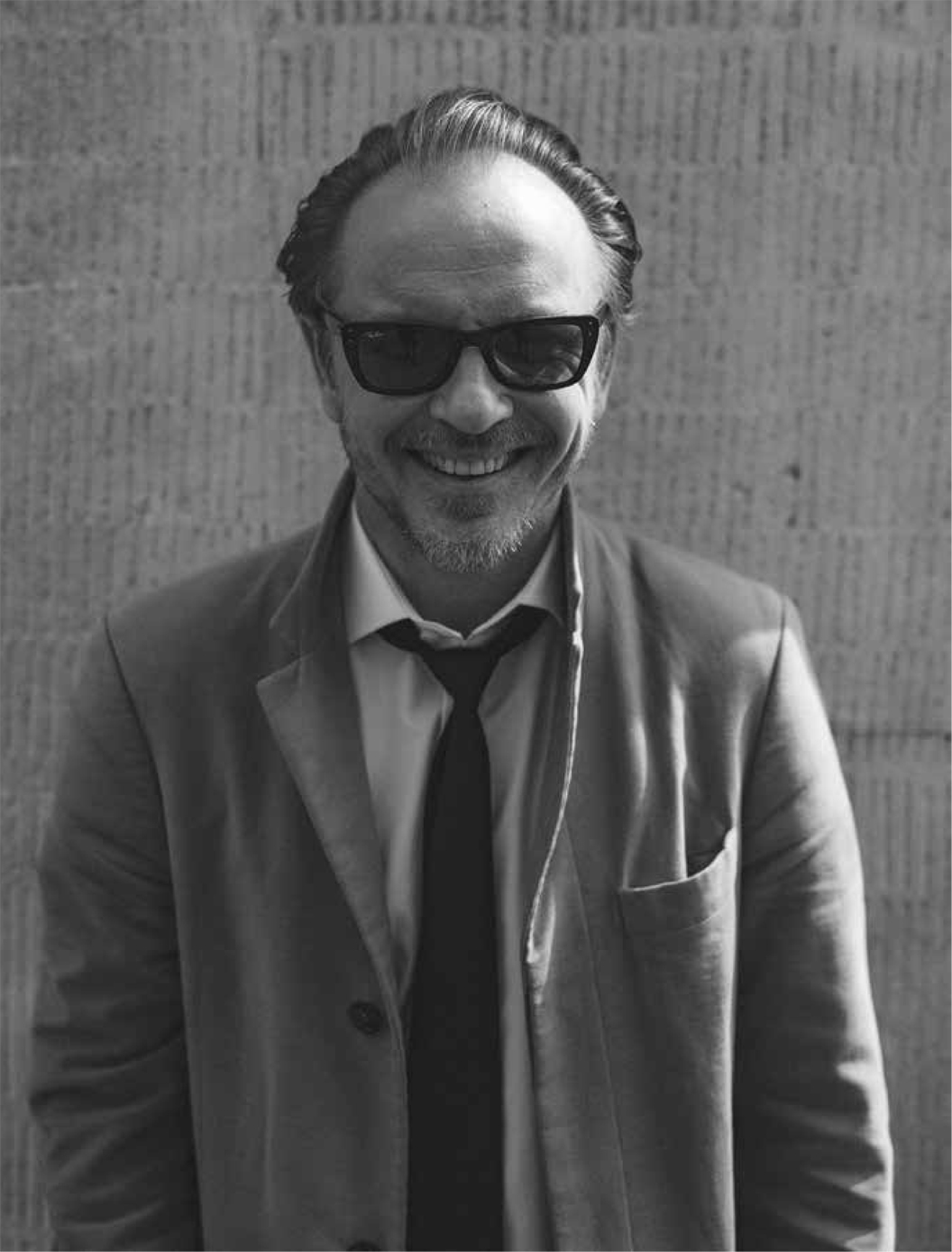
Mówisz o tajemnicy tworzenia, a bohaterką twojego filmu jest artystka. A ty zadajesz ważne pytania: o odpowiedzialność i wolność artysty, o prawo do
wypowiedzi, również do prowokacji.
Dzięki przemówieniu, które wygłasza Maria, mogę z czystym sumieniem powiedzieć, że zrobiłem film o wolności. Jakakolwiek by była. O pewnej postawie. Nawet jeśli Maria się myli, ma do tego prawo.
Zadajesz ważne pytanie: czy jesteśmy gotowi na takie wypowiedzi jak Marii? A jeśli zaczniemy się cenzurować, to czy rozmowa będzie jeszcze możliwa?
Znowu wracamy do wolności. Starałem się bardzo precyzyjnie to napisać, bo to jest cienka linia. Bardzo cienka. To jest lekko przerysowane, ale to była największa trudność: moment, w którym ona to mówi, sytuacja, osobisty kontekst. Skomplikowana układanka. Upraszczając, w tym filmie jest to, co ja sam dzisiaj czuję. Jestem naprawdę zalękniony, nawet nie ze względu na siebie, ale na moją córkę, która ma trzynaście lat. Marzy mi
się, żeby mogła doświadczyć Europy, choćby podróżując tak jak ja. Ja doświadczyłem tego po dwudziestym roku życia, bo wcześniej żyłem w komunie, kiedy nie można było podróżować. Ale czy dla niej to będzie możliwe? Dziesięć lat temu słowo „wojna” było abstrakcyjne. A dzisiaj?
Wiadomo, jak ważna dla Włochów jest kuchnia. A dla ciebie? Gotujesz?
Gotuję, dużo gotuję. Ulubiony przepis? Jestem zupiarzem. Jestem wkręcony mocno we włoską kuchnię, ale zupy lubię polskie. Żeby nie wymyślać za bardzo: robię najlepszą na świecie zupę pomidorową. Ma ona rzecz jasna wariacje, cały czas jest doskonalona. Są dwie wersje, wegetariańska i klasyczna na bazie mięsa. W wersji klasycznej gotuję wywar z kilku rodzajów mięsa: musi być pręga wołowa i skrzydełka, które mają w chrząstkach
dużo słodyczy, i dużo, podwójna ilość włoszczyzny. Oczywiście najlepiej gotować ją latem, bo potrzebne są świeże pomidory, żaden przecier nie wchodzi w grę. I teraz kluczowa sprawa: pomidory przesmażamy na maśle z czosnkiem! Na patelni rozpuszczamy masło i wyciskamy trzy, cztery ząbki czosnku. Kiedy zaczyna się bursztynić, dorzucamy pomidory. Jak się rozejdą na patelni, dodajemy je do rosołu. Czosnek daje lekką goryczkę, którą balansuję odrobiną cukru i cytryny. Na samym końcu oczywiście idzie śmietana, ale najważniejsze jest to masło z czosnkiem, które nadaje taki specyficzny maślany wymiar tej
zupie. Ona smakuje nie jak zupa babci, ale prababci. O zupach mógłbym mówić godzinami. |![]()
The best films happen in spite of me
TEXT: Magda Sendecka
PHOTOS: Radek Świątkowski
At this year’s Sundance festival (Park City, Utah, January 24 – February 3), Jane Campion presented Krystyna Janda with the best actor award for her extraordinary performance in Jacek Borcuch’s film Dolce fine giornata – Sweet End of the Day. This is Borcuch’s third film shown at the cult independent film festival, his others being All That I Love (2009) and Lasting (2012). We talk to the director, screenwriter and musician about his latest film, which will be
shown on screens around Poland from May 10.
Your latest film, Sweet end of the day, deals with the key issues facing us today and poses questions about the modern world. It’s an intimate story with a chamber feeling, and its organic and naturalistic tone belies the film’s careful construction. How did you do it?
Put simply, I’m a part of this world we live in. And I’ve grown up a little bit. I’m in my early fifties and the world seems to matter more and more as I have less and less time left on this planet. Ten years ago, I probably wouldn’t have made this kind of movie. I was interested in other things.
Ten years ago, the world was a very different place.
According to statistics we’ve never been safer! Never before in the history of our civilisation have so many people lived in relative prosperity. And yet, we are fed a strict diet of fear and terror; we are manipulated; and we perceive the world around us through a lens
of prejudice and bias. Where will it end? That’s a question I ask myself all the time. I’ve travelled a lot. I always have. However, it wasn’t until ten years ago that I finally arrived in Tuscany. It seduced me. Everything suits me. People had been telling me for years that I should make a film here, but I dismissed the idea, because it seemed entirely unrealistic, given the difference between prices in Poland and Italy. The idea continued to echo in mind
until I got an offer of financial backing from Italy. Of course, it wasn’t enough, but it was the first step on the way to achieving our film’s budget. The choice of producer was key, because such a project needs the best and, fortunately, Marta Habior is the best. I couldn’t do it without her. Her strength, intelligence and faith in the impossible made me think that all this could work. And the most important thing is the story. I’d spent three years working on an adaptation of Morphine by Szczepan Twardoch. I worked with Twardoch, Łukasz
Orbitowski, and eventually even Jakub Żulczyk joined the team. With such a team, it seemed the project couldn’t fail. And yet it did. Why? The producer turned out to be completely incompetent and wasted our time. We were tired and fed up. I left for Italy and I took Szczepan with me.

What came first: the intrigue? The place? The heroine?
First there was this character straight out of an Italian newspaper. We were sitting in a cafe in Sienna and flicking through a newspaper when we came across an article about Ezra Pound – a great American poet tainted after the war by his collaboration with Mussolini and anti-Semitism. My first instinct was that it would make a perfect film, however a moment later I realised we’d never pull it off. A Polish production about an American poet shot on location in Italy? And a historical piece at that! I quickly abandoned the idea, but I couldn’t stop thinking about the poet as a hero. What if the poet was a woman? I immediately thought of Krystyna Janda. Returning to Poland, I showed Janda two pages of a treatment I’d sketched out. She liked it and from that moment onwards, things got easier. From
that point on, it was a matter of day-to-day work. I went back to Italy in search of motifs. It was then that the attack on the editorial office of Charlie Hebdo occurred in Paris, followed by the subsequent attacks. Those events influenced the shape of the film. A narrative began to emerge from the reality we found ourselves in. All of a sudden, the story of many different protagonists grew out of that initial story about the poet. This in turn led to the story of an entire community… ripening over a long period of time until the It’s the indelible trace of our original inspiration.
You changed the gender of the poet, creating the wonderful character of Maria Linde. Ambiguous, colourful, lovable and yet a tease – she’s superb.
I’m fond of her too. I think that the emotions she arouses within us stem from our private contemplation in the face of her. What would I do in her place? And what wouldn’t I do? However, there’d be no Maria Linde without Krystyna Janda and her charisma. The
trust that the actress bestowed upon me was key, because I struggled to impose a physical change upon her, which didn’t come naturally to her at first. She protested, but I’m stubborn. Fortunately, a few years ago, while working on the series Without Secrets, we
came to like one another. I knew then that she had realised she could trust me and that I wouldn’t lead her astray. When she couldn’t accept what she saw in the mirror, I was full of praise and admiration. In the end, everyone was delighted with her on set.
She’s a revelation. And I want a coat like Maria’s!
I’m not surprised (laughs). Her style was thought through from A to Z: the costume; her hairstyle. It was a challenge to present an iconic actress like Janda in such a different light. She very rarely allows herself to be interfered with. She often asks why directors employ her if they want to transform her into someone else. But that was my intention – to show
a different side to her; to make her move more slowly; to speak more slowly; and to mask her emotions. She was giving this character her body, her voice, her energy… therefore her trust in my idea was crucial. If she’d resisted, we would have simply had another
embodiment of Janda herself.
Watching the film, one forgets it’s Janda! You’ve achieved something truly extraordinary.
It was remarkable to see how the altered physicality influenced her performance. When the hair stylist, Kacper Rączkowski, changed her look, the process took many hours. Suddenly I saw someone else. I saw Maria Linde – the poet. Janda had disappeared and it was my role to ensure that she didn’t reemerge.
It can be difficult for actors to perform in a foreign language. Some of the dialogue is in Italian.
Krystyna knows some basic Italian and French. It was a challenge, because she was playing someone who’d lived in Italy for thirty years. As you know, she is famous for concerning herself more with meaning than the text. She knows what to say and what she’s playing – strict adherence to the script is often secondary. In this case however, it was important. Even the slightest change of a vowel could affect the meaning. It wasn’t easy. However, paradoxically it helped change the rhythm and energy of her character. I was the first person to witness this change and I was thrilled with what I saw. This then
drove the whole story.
Also thrilling are the scenes in which scarcely a word is spoken, such as those between Maria and her daughter, played by Kasia Smutniak. And you deceive the viewer by using red herrings from the very first scene at sea.
I love to be deceived and seduced by literature, movies and art.
Your tricks aren’t necessarily suited to light entertainment. You talk about a fragile sense of security that can be easily destroyed; about fear that pulsates below the surface of a peaceful, comfortable world.
The distributor liked this film very much. When we talked before the shoot, we knew this was going to be a challenging, arthouse project. After the first screening they were happy that “I gave them something so marketable”. The truth is, it’s about love, modern-day
Europe, the passion of life, and freedom…
… and about aging … and responsibility.
It’s about family, maturity and honesty. That’s what I loved about it. Of course, you can’t actually try to consciously pursue every theme. You can try to tell a clear and detailed story, but these things will emerge themselves. Much of the film was unplanned and only
acquired meaning later. For example, when the police were searching for the missing boy, they didn’t use his shortened name, Salvo. Instead, they used Salvatore, which means saviour in Italian. This detail was probably only picked up on by Italians, however in this scene you can see references to a materialistic, metaphysically deprived Europe that is filled with longing and crying out to God.
Did the title come about in a similar way?
Yes, I only arrived at the title after I’d seen the final cut.
It’s hard to believe, given that Michał Dymek’s cinematography would suggest your main goal was to show the twilight of Europe. So much of it takes place after dark during the witching hour.
Actually, the opposite was true. The title came about when the film was finished. It was then known that night falls. It’s the family’s downfall and the heroine is left alone. I had to decide if the title should be Sweet End or Sweet End of the Day. Jarek Mikołajewski, who
wrote Maria Linde’s wonderful poem, is quoted in the closing credits as saying, “Remember that this is a film about a poet. That’s why it’s titled „Dolce fina giornata”.
Krystyna Janda trusted you, and you in turn trusted a first-time cinematographer.
I’m no coward. I like youth and I respect it. Obviously Michał arrived stressed. It was his first major film and on top of that we were shooting abroad. He asked me hundreds of questions and I don’t really like working like that. I like talking, watching, but I don’t draw
anything. There are no storyboards on my films. However, he begged me to at least prepare the first day of shooting. I agreed, and it turned out to be the only day we had
to reshoot in its entirety to capture the rhythm we’d subsequently achieved. I knew we’d get there in the end. This film can be largely attributed to Michał, because I adhered to a concept that he’d fought for and I’d originally opposed. I don’t like centralised composition or framing, it seems too simple to me. However, he pushed for it. He’s a formalist and, in
the end, I thought it would bring something new to my storytelling. It forced me out of my comfort zone and routine into something new and worth exploring. I love working with young artists because they have so much to prove to the world. 90% of the sunsets you see in the film weren’t planned. They were Michał’s initiative … and totally improvised.
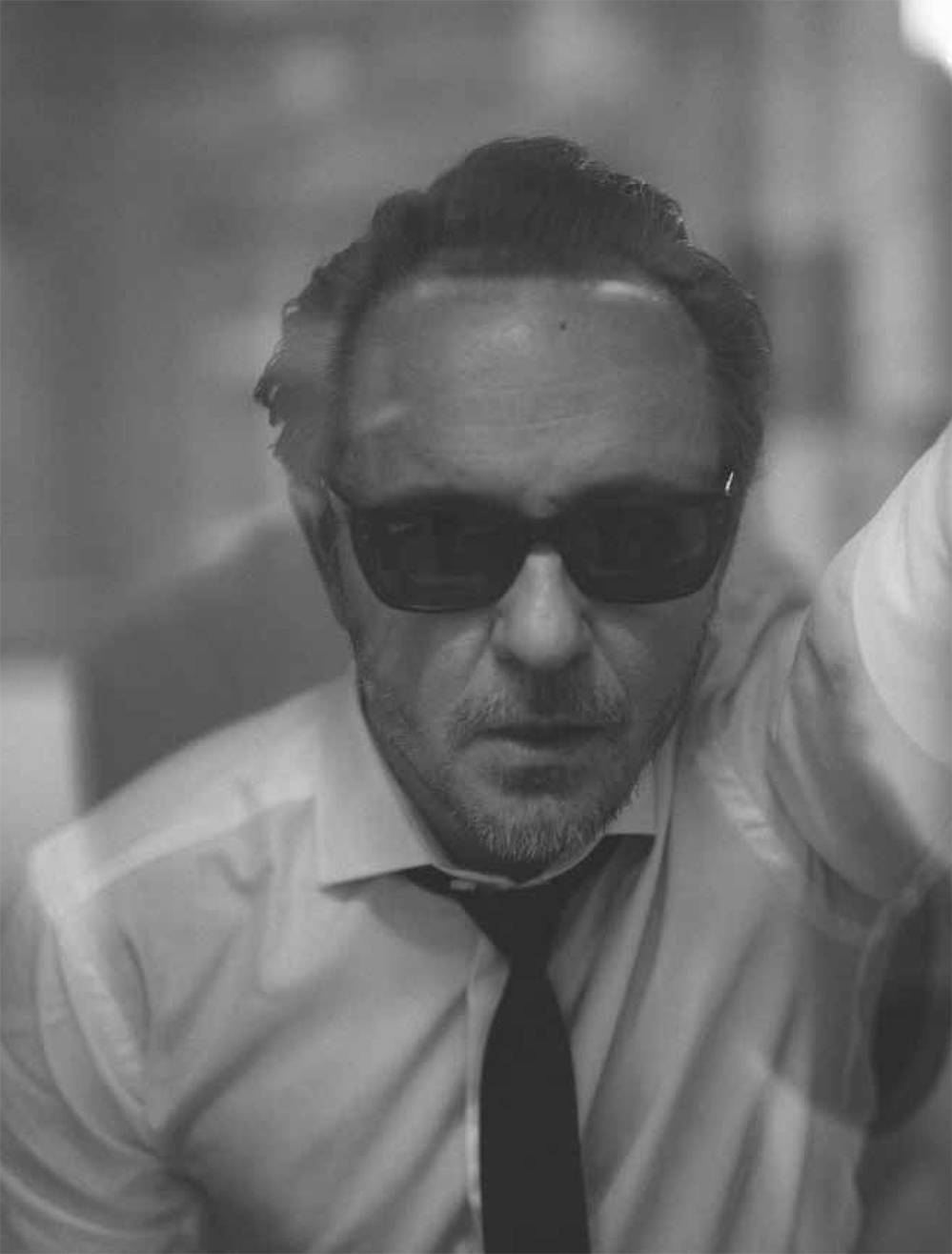
What else surprised you about your final cut?
When I saw the edited material, I realized that I had created a very feminine piece of cinema. That was something I hadn’t initially recognised in the script. That’s probably because I tend to hide behind the heroes in my films and talk about myself. I forgot, however, that this time I’d hidden behind women. The three heroines, who are spread across three generations – a grandmother, mother and daughter – are emancipated through
their roles. Maria, the grandmother, becomes more decisive. Her daughter decides to escape her mother’s shadow and take care of herself, while her daughter discovers her own voice through Frank Sinatra’s music and a blunt new way of self-expression, both of which she got from her grandmother. It continues to surprise and delight me. I think I love doing what I do the most, when it happens in spite of me and not because of me. Even though I’d spent three years on the script, the preparation, the shoot and editing, in the end I saw
a movie that, in a sense, wasn’t mine. There was an actress with her own temperament, ideas and gestures. There were sets and costumes, cinematography, sound, music and a lot of other things that I would not be able to come up with myself. It really has a life of its own.
You’re talking about the mystery that lies behind the creative process. The main character of your film is an artist and you ask important questions about the responsibilities and freedom of artists; about the right of expression
… and the right to provoke.
Thanks to Maria’s speech, I can say in all honesty that I’ve made a film about freedom – whatever that may be. And about a certain attitude. Even if Maria has made a mistake, she has the right to do so.
That begs an important question. Are we ready for statements like Maria’s? And, if we start to censor, will the dialogue still be possible?
We’re back to freedom again. I tried to be very precise when I wrote it, because we’re walking a very thin line. It may be a slight exaggeration, but the hardest thing was the moment when one speaks, the situation and the personal context. It was a complicated
puzzle. Simply put, this movie is very much in the here and now. I’m really scared, not just for myself, but for my thirteen-year-old daughter. I want her to experience a Europe as I have and to travel as I did. I only experienced that after I turned 20. prior to that
I had lived under communism and it had been impossible to travel. Will it be possible for her? Ten years ago, war was an abstract concept. But today?
I know how important cooking is to Italians. How about you? Do you cook?
I do. I cook a lot and I like soup. I may be obsessed with Italian cuisine, but I love Polish soups in particular. Off the top of my head, I’d have to say that I make the best tomato soup in the world. Of course, it has its variations and I’m constantly perfecting them. I have two versions: vegetarian and the classic meat-based one with beef and wings, which have a lot of sweetness in the cartilage. There has to be a lot of them … at least double
the amount you’d find in a classic Italian recipe. And it’s best to make it in Summer. Most importantly, you must fry the tomatoes in butter with garlic! Melt the butter in a pan and add three or four crushed garlic cloves. When it starts to go sour, add the tomatoes. Once
they’ve dispersed in the pan, add them to the broth. Garlic gives a light bitterness, which I balance with a bit of sugar and lemon. At the very end I also add cream, but the most important ingredients are butter and garlic, because they give it that special buttery flavour. It’s not grandmother’s soup, but great-grandmother’s! I could talk about soup for hours. |






